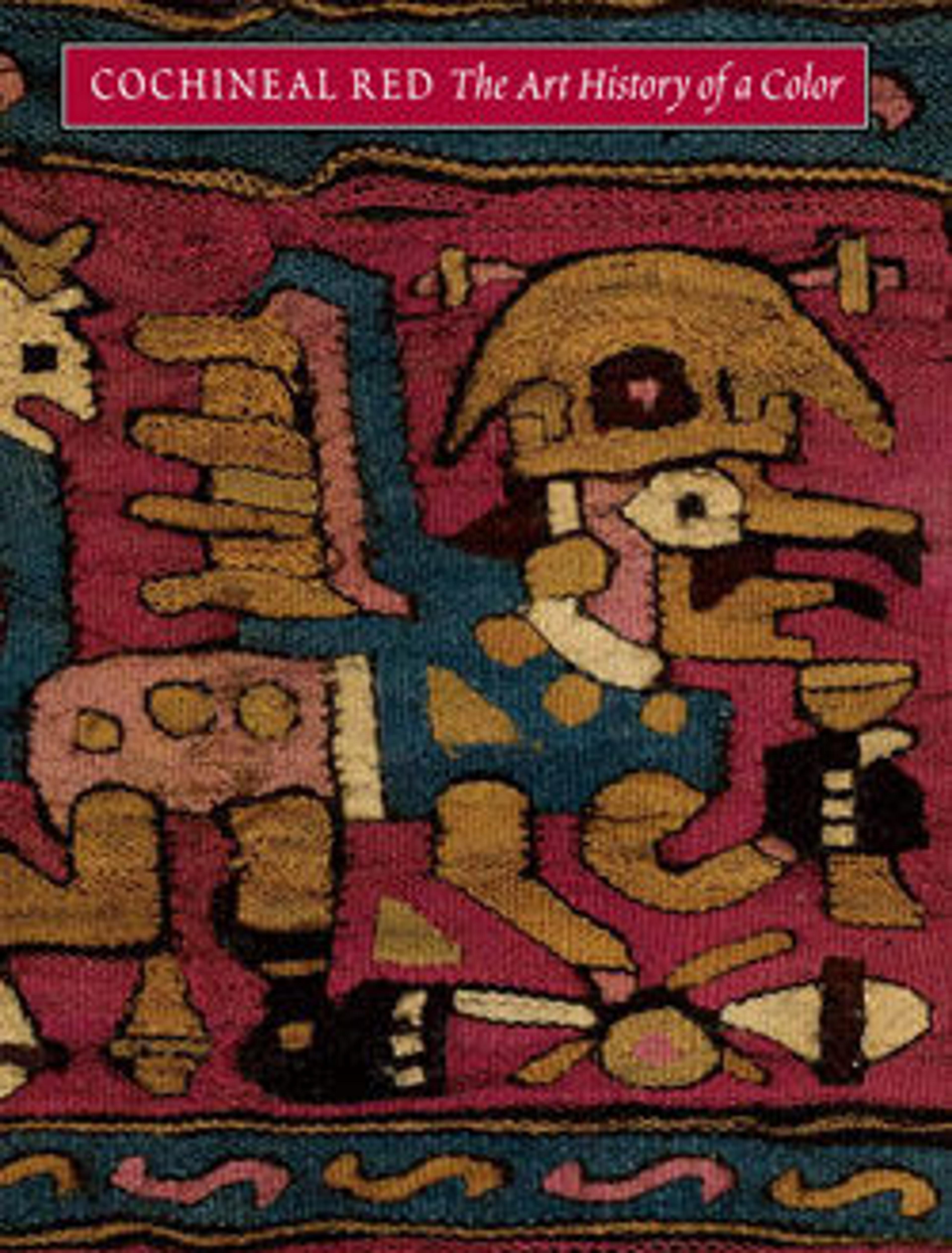Silk Kashan Carpet
This carpet was possibly woven in Kashan, an important center for silk trade and carpet manufacture during the Safavid period. Decorative elements on this and other related carpets from Kashan and Tabriz indicate that weavers may have used pattern books containing popular motifs to guide them in production. These designs, including the medallions at the center and four corners of this carpet, are also present in other media, particularly in bookbinding and manuscript illumination. The cloud bands and peonies that appear throughout the work originated in Chinese art but had been fully assimilated into Safavid artistic production by this period.
Artwork Details
- Title: Silk Kashan Carpet
- Date: 16th century
- Geography: Made in Iran, probably Kashan
- Medium: Silk (warp, weft and pile); asymmetrically knotted pile
- Dimensions: Rug: L. 96 in. (243.8 cm)
W. 65 in. (165.1 cm)
Mount: L. 101 3/4 in. (258.4 cm)
W. 72 1/2 in. (184.2 cm)
D. 3 in. (7.6 cm)
Estimated weight: 200 lbs. - Classification: Textiles-Rugs
- Credit Line: Bequest of Benjamin Altman, 1913
- Object Number: 14.40.724
- Curatorial Department: Islamic Art
More Artwork
Research Resources
The Met provides unparalleled resources for research and welcomes an international community of students and scholars. The Met's Open Access API is where creators and researchers can connect to the The Met collection. Open Access data and public domain images are available for unrestricted commercial and noncommercial use without permission or fee.
To request images under copyright and other restrictions, please use this Image Request form.
Feedback
We continue to research and examine historical and cultural context for objects in The Met collection. If you have comments or questions about this object record, please contact us using the form below. The Museum looks forward to receiving your comments.
